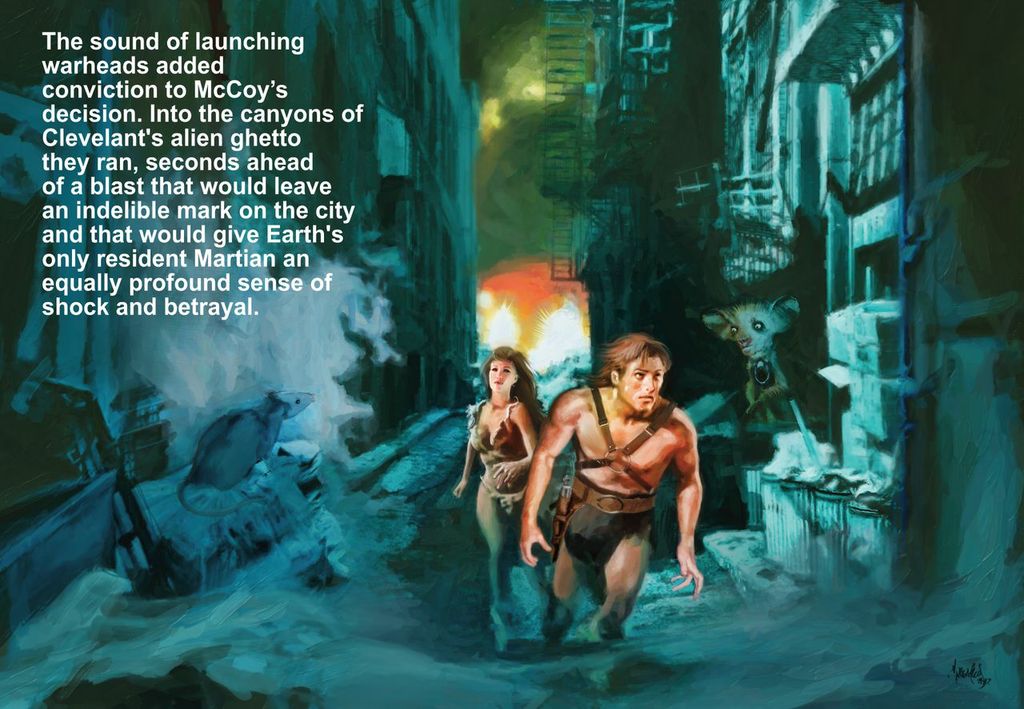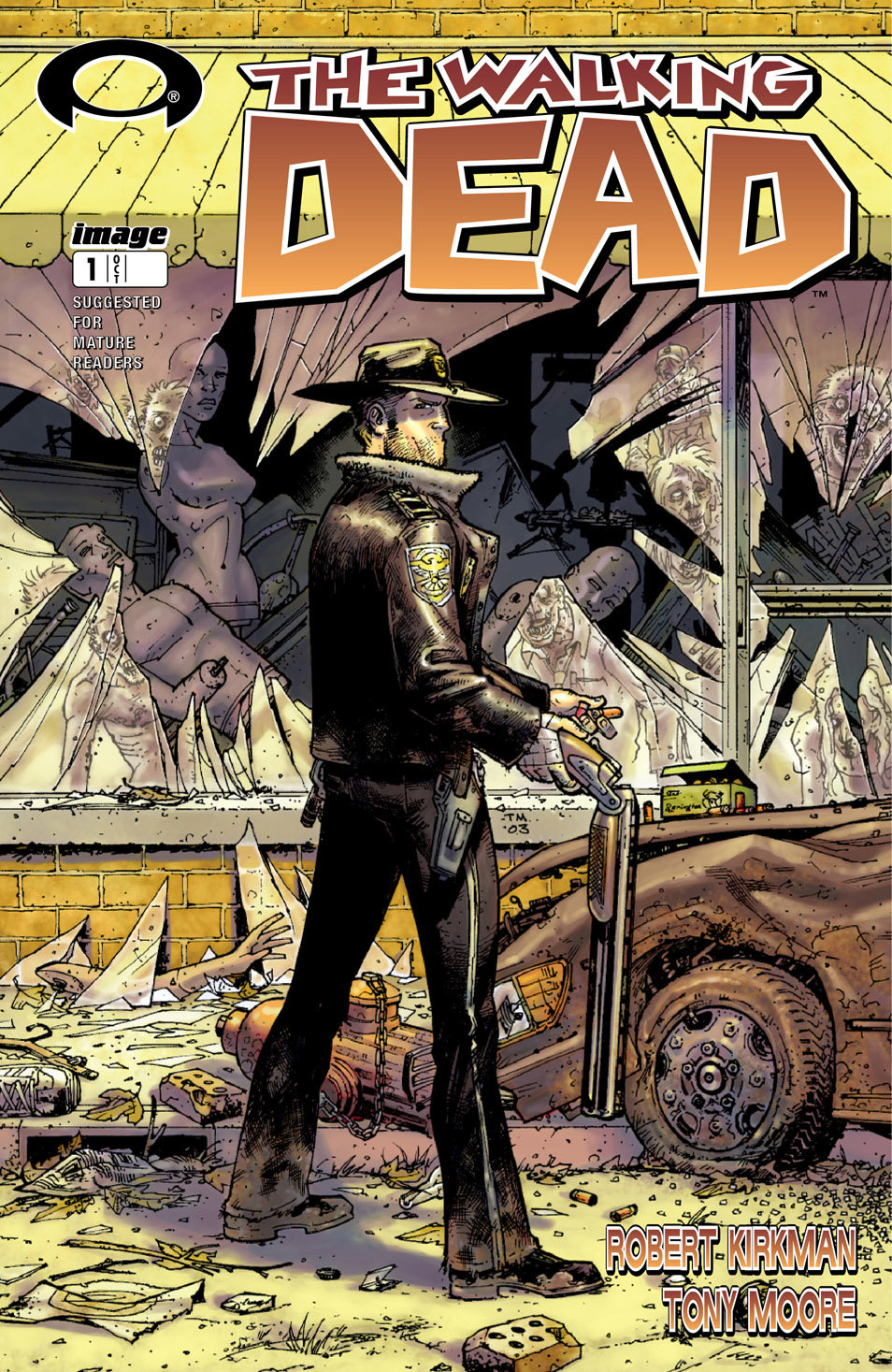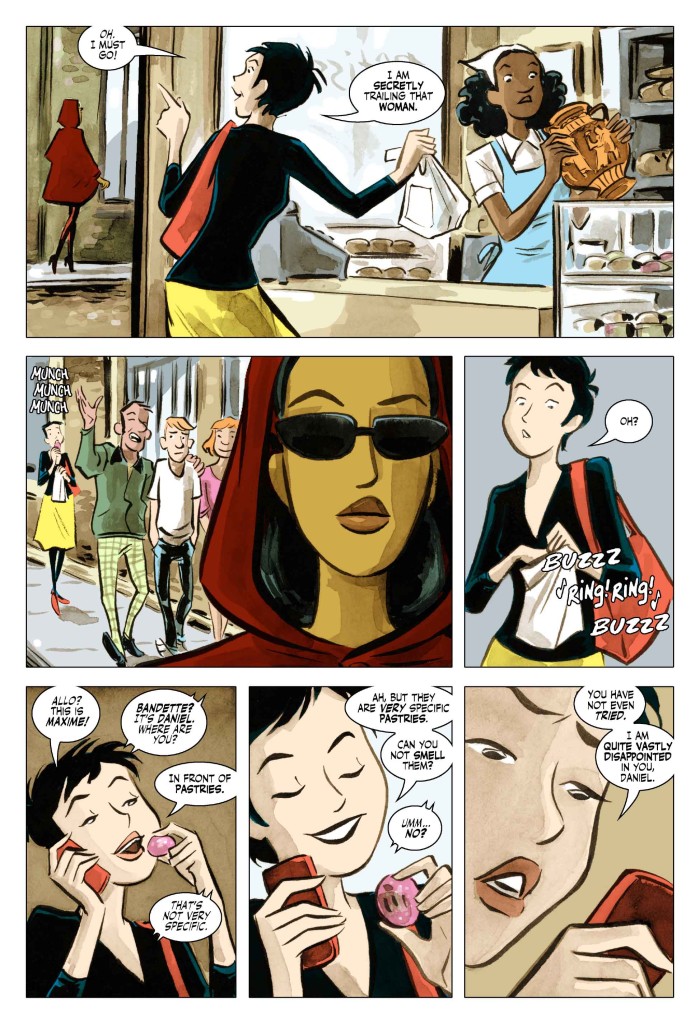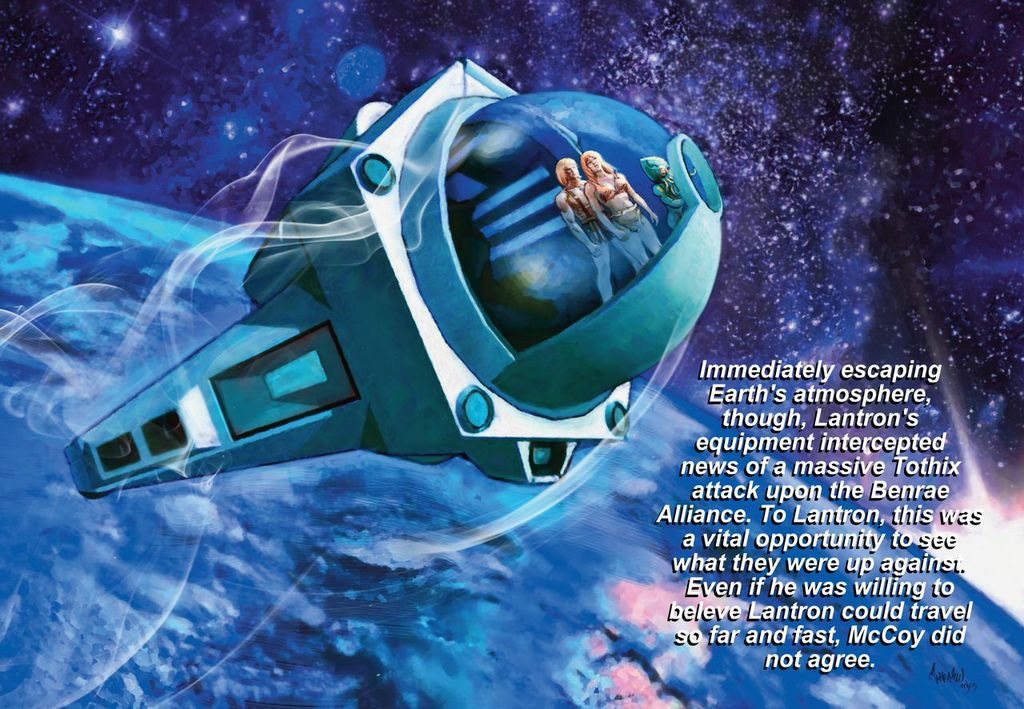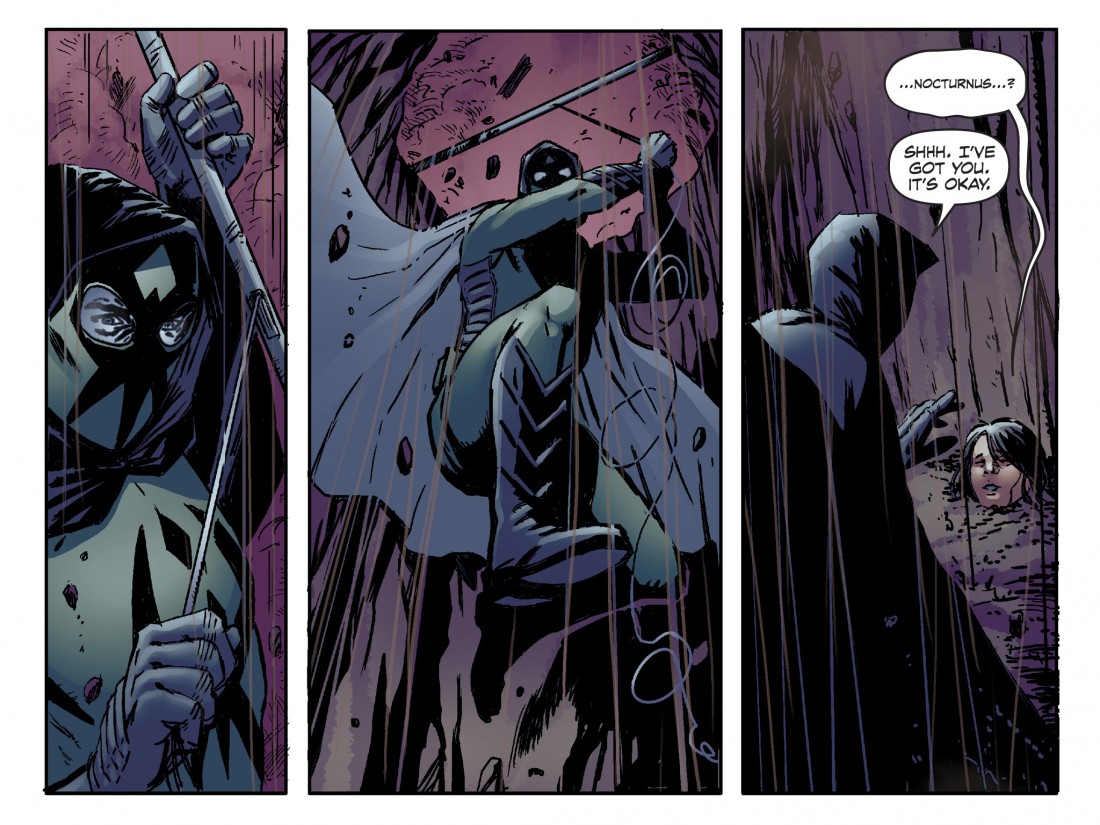Ed Catto’s Pop Nation column, seen in print at Main Street Magazine, has a new, regular home online — here!
In this installment Ed brings you everything you wanted to know about digital comics but didn’t know where to look. Neophyte or experienced reader, you’ll learn something new!
By ED CATTO
Today’s pop culture reveals interesting new habits emerging at the intersection of reading and collecting. To passionately enjoy comics, one needs no longer to store boxes upon boxes of musty newsprint comics in a closet, basement or garage. Many of today’s collectors voraciously read and collect comics, but do it on their mobile or tablet. Digital comics are here to stay – and the good news is that they are making the whole industry stronger.
Case in point is Greg Parker, a family man with a wife, two kids and a house in Ridgewood, N.J. A longtime music collector, a few years ago he made the jump to digital music and sold his CD collection. Likewise, he’s into comics, but he’s reading and enjoying them on his iPad, most often during his New York City commute. And as a result, he doesn’t have heaping piles of comics cluttering his house (and his wife Francesca couldn’t be happier).
Greg usually buys his comics from ComiXology, the leading retailer of digital comics. They served up more than 6 billion digital comic pages last year. We asked John Roberts, one of ComiXology’s co-founders, for his thoughts: “One of the advantages of digital comics is its convenience. The comics on ComiXology are available whenever and wherever you want them, only a click away. And because the inventory is digital, it never runs out,” said John. “So you can read a comic like The Walking Dead #1, which came out 10 years ago, just as you can read the current comics that came out this week.”
Michael Murphey of iVerse Media builds upon those thoughts: “I’m not sure the enjoyment of digital comics is any different than the enjoyment of traditional print comics, but the delivery of comics digitally definitely reaches out to a different audience than print,” he said. “One thing we’ve learned over the last few years is that digital comics aren’t cannibalizing print sales, which means digital titles are reaching a different group of people than your traditional print fans…which is great news for the industry.
“I think fans enjoy different aspects of each format, but digital fans may be able to enjoy them in different places than they would if they only had access to print. On the train, at a Starbucks, in an airport — are all places where having a stack of print comics would be cumbersome. With digital, it’s just another file on their phone or tablet, so they’re easier to take around, and easier to read — plus you don’t have to worry about damaging a mint copy with the digital edition.”
J.C. Vaughn, vice president of publishing for Gemstone and a writer himself, has a unique POV.
“Some people perceive a huge gulf between digital comics and traditional print methods of delivering stories. Others perceive no gulf at all between them. I personally think both sides are wrong, but the group that sees no difference is closer to being right.” he said. “There is no one answer to how people read comics or even how digital comics are consumed, but anecdotally we’ve seen current print readers, lapsed readers and new readers all use it as their preferred method of getting comics, but we’ve also seen some of them turn to print in some form. As creators, I think we should understand that anything that gets more folks reading comics is a good thing, regardless of the delivery vehicle.”
But award-winning writer and publisher Chris Roberson is quick to elaborate on important distinctions. “When people talk about ‘digital comics,’ I think they’re too often using one word to represent a lot of different things,” Roberson said. “On the one hand, you have ‘digital distribution,’ which is the process of making comics available on computers, tablets, phones, etc. Those CAN be the same comics that readers are able to purchase in print editions in their local comic shop every week, but they can also be ‘digital-first’ comics, those that appear in electronic format before or instead of appearing in print. But digital comics can also be used to refer to works that do things that are capable only in a digital format, and not in print. And in those instances, the creative possibilities are really intriguing. Comics made for digital can be identical in every respect to their print counterparts, or they can be completely different beasts. It’s really up to the creators and the publishers.”
One of our favorite artists has always been the talented Mark Wheatley, who’s collaborating with Vaughn on the webcomic Return of the Human at Aces Weekly. He’s classically trained, but he’s one of those creative types who is constantly trying new things and expanding his skills, now embracing digital comics too. He mused about the difference in creating digital comics and traditional comics.
“There doesn’t need to be any difference between making print comics and making digital comics,” he said. “But the reading experience is going to be different. So we decided that the creation process should take that into account. Working with the basic idea that digital works best one panel at a time, and avoiding taking the act of pacing away from the reader by turning the comics into low-grade animation, we created the unique style of storytelling you can see in ‘Return of the Human.’ The result is, we believe, quite compelling. Frankly, I have not been so excited about creating new comics stories in many years. Because the new tools allow us to expand how we can tell a story.”
Christy Blanch is an educator, comic book author, comic book shop owner, comics scholar and now a hot new talent (as well as a 13th Dimension contributor and the force behind the lecture series SuperMOOC 2). Her strip, The Damnation of Charlie Wormwood on Thrillbent.com, is generating positive buzz.
“This is my first comic, so I’m not an expert on how to write comics of any kind but I can say that it’s not as easy as it looks, especially in the once-a-week format,” she said. “In six to eight screens (like a regular comic book page but about half the content), we have to make something interesting happen, learn to like (or dislike) the characters, and leave the reader with some sort of cliffhanger. What I like about writing digital comics, at least in the Thrillbent method, is that they are created to read on a tablet device or computer so the art is really allowed to shine.”
And it’s interesting to contrast her to some seasoned veterans. For example, long time writer Ron Marz (Green Lantern, Witchblade) is having fun, along with an all-star line-up of creators, creating Sunday-style digital comics starring Tarzan, Korak, The Mucker and other classic heroes. “Edgar Rice Burroughs created entire worlds of adventure. Now all those worlds are literally are your fingertips for $1.99 a month, thanks to the weekly comic strips at EdgarRiceBurroughs.com.”
The award-winning writer Mark Waid (also a 13th D regular) feels the same way. “As someone who’s been writing print comics for nearly 30 years, I approach digital comics very differently,” he said. “The goal isn’t simply to replicate the print experience — traditional portrait-format comics are a pain to read on computer screens and tend to reduce so small on tablets that they’re unwieldy, so at Thrillbent we ask for all our creators to work in landscape format.”
“We take advantage of the fact that every ‘page turn’ can bring a new surprise since (as it does with print) there’s no way for the reader’s eye to ‘scan ahead’ and see what’s upcoming,” Waid said.
We’re not sure what’s coming next but we can’t wait.
Here are some great places to get started with digital comics:

